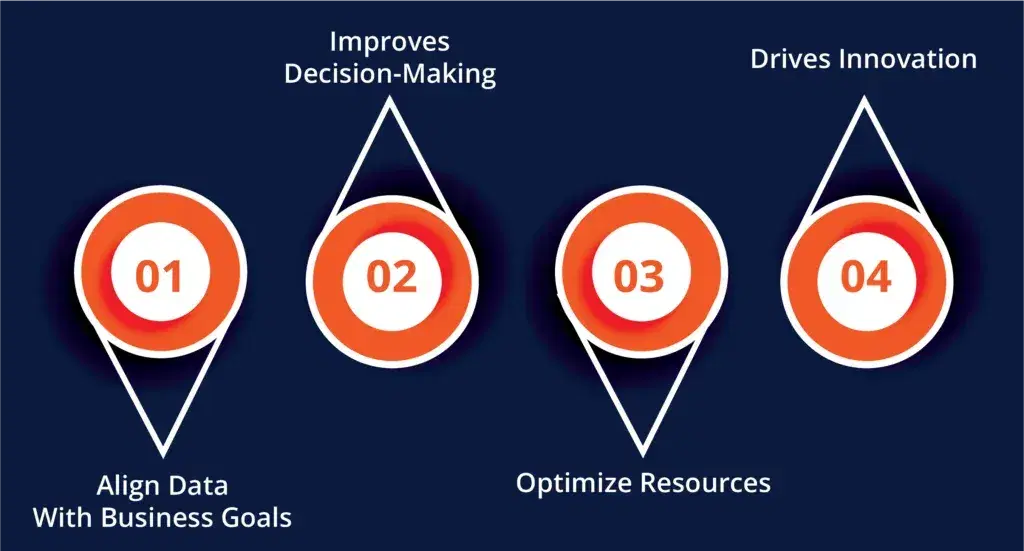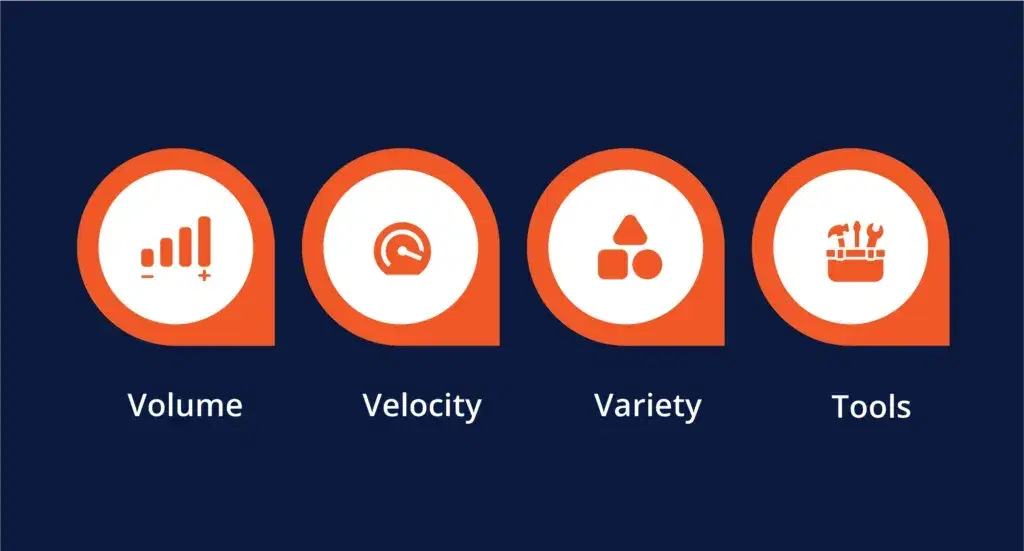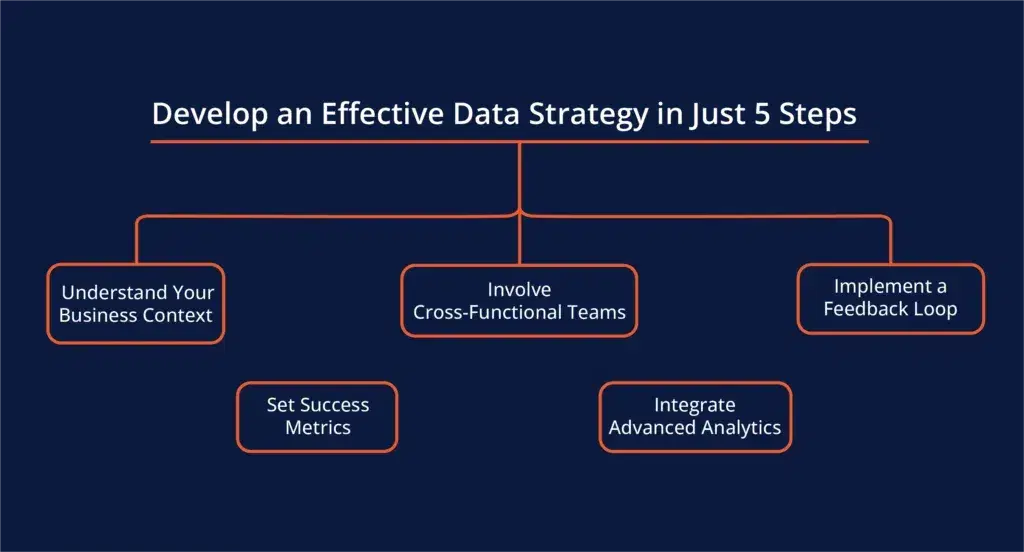What is Data Strategy?
Why is Data Strategy Important?

How To Build Smart Data Strategies to Maximize Business Growth
All You Need 6 Steps to Build a Perfect Data Strategy
What is Big Data Strategy?

Creating Data Strategy with Effectiveness
Engage Stakeholders: Involve leaders and key teams to understand their data needs and ideas. Working together helps create a data plan that fits the goals of the whole company.
Set Clear Goals: Break the plan into small, achievable steps with specific goals. Setting deadlines and tasks helps the team stay on track and measure success.
Prioritize Use Cases: Focus on the most important ways to use data first. Solving these key problems quickly shows the value of the data plan and builds confidence in it.
Monitor and Iterate: Regularly check how the data plan is working and make changes as needed. This ensures the plan stays useful and adjusts to new challenges or goals.
Want Growth? Then Considering Data Strategy Consulting is Best Pick
They typically assist in:
•Assessing current data practices.
•Recommending tools and systems.
•Designing a tailored roadmap to meet your business needs.
Data Strategy Impact in Healthcare Industry
The Role of Data Governance in Data Strategy
Data Strategy and Customer Experience: How They Go Hand-in-Hand
How the Right Data Strategy Drives Business Growth
Data Strategy Improving Customer Experience
•Predictive Analytics: Anticipate customer needs and proactively address issues before they arise. Predicting trends can help you stay ahead of competitors.
•Customer Feedback: Use surveys and feedback forms to understand customer pain points and improve service. Actively listening to customers helps in building long-term relationships.
Overcoming Data Challenges in Small Businesses
Develop an Effective Data Strategy in Just 5 Steps
















